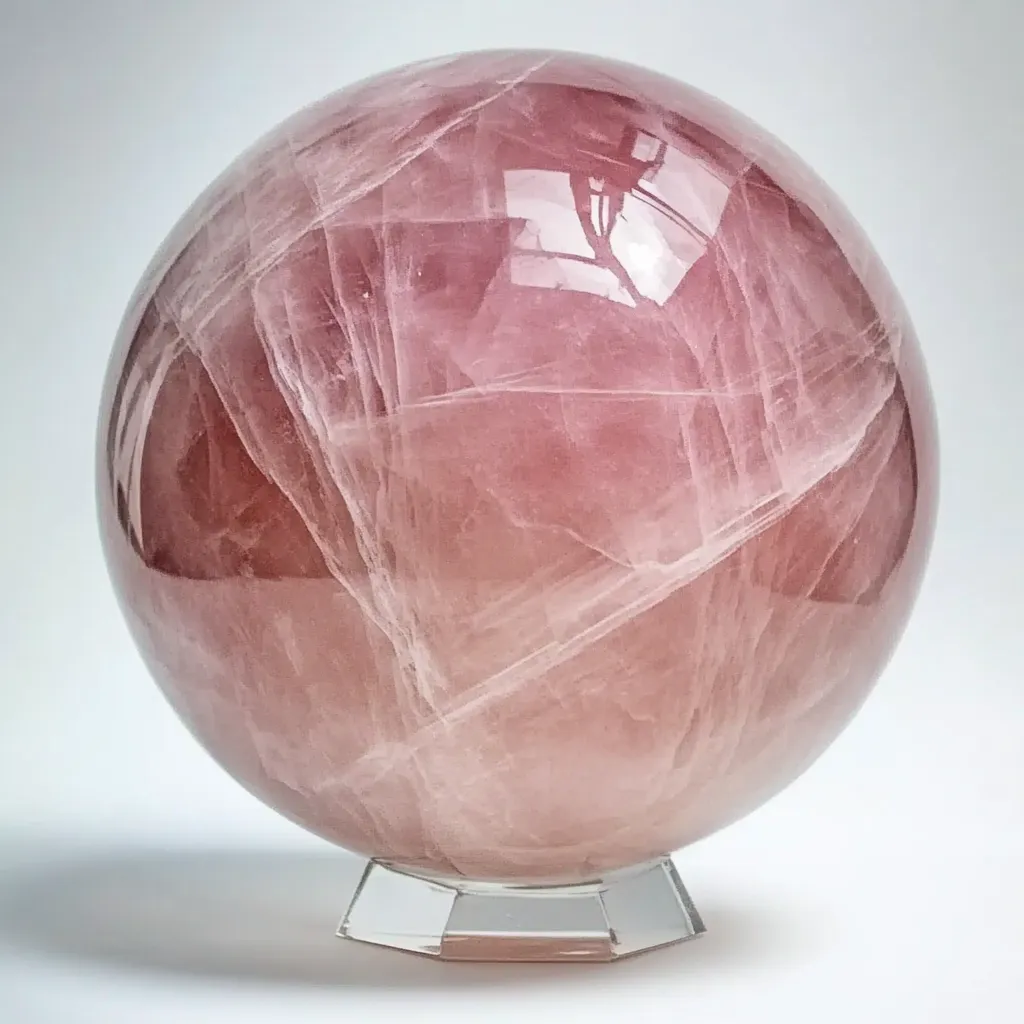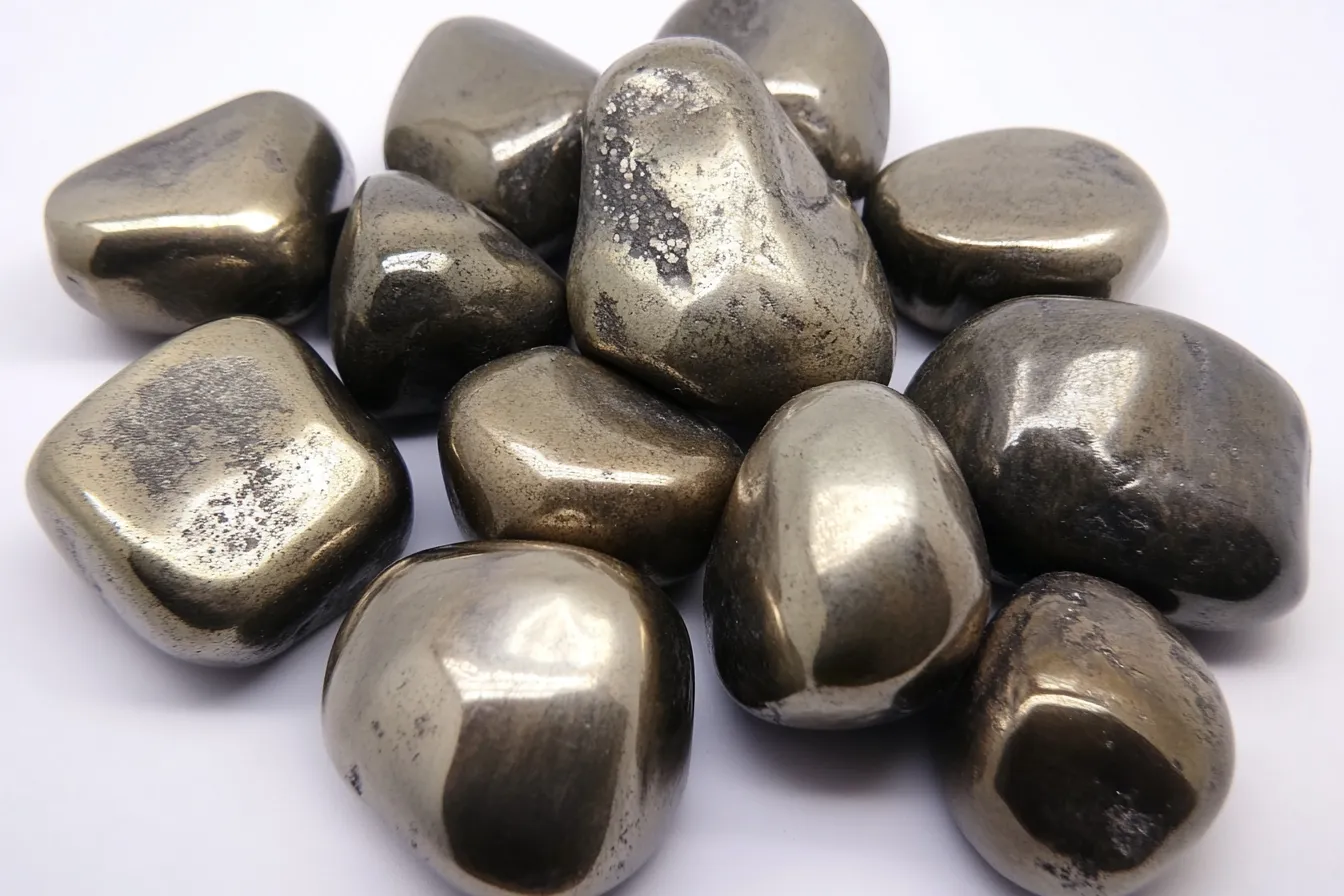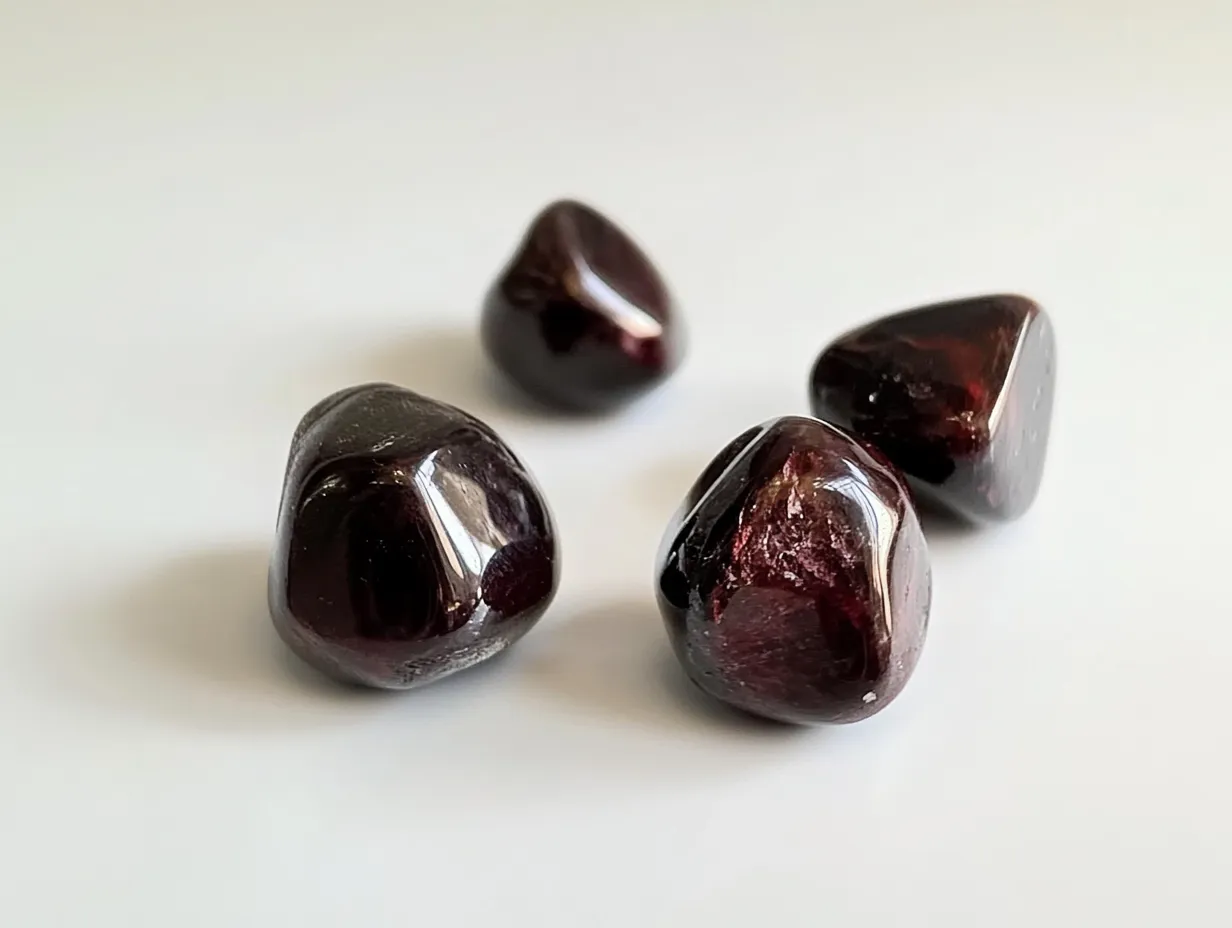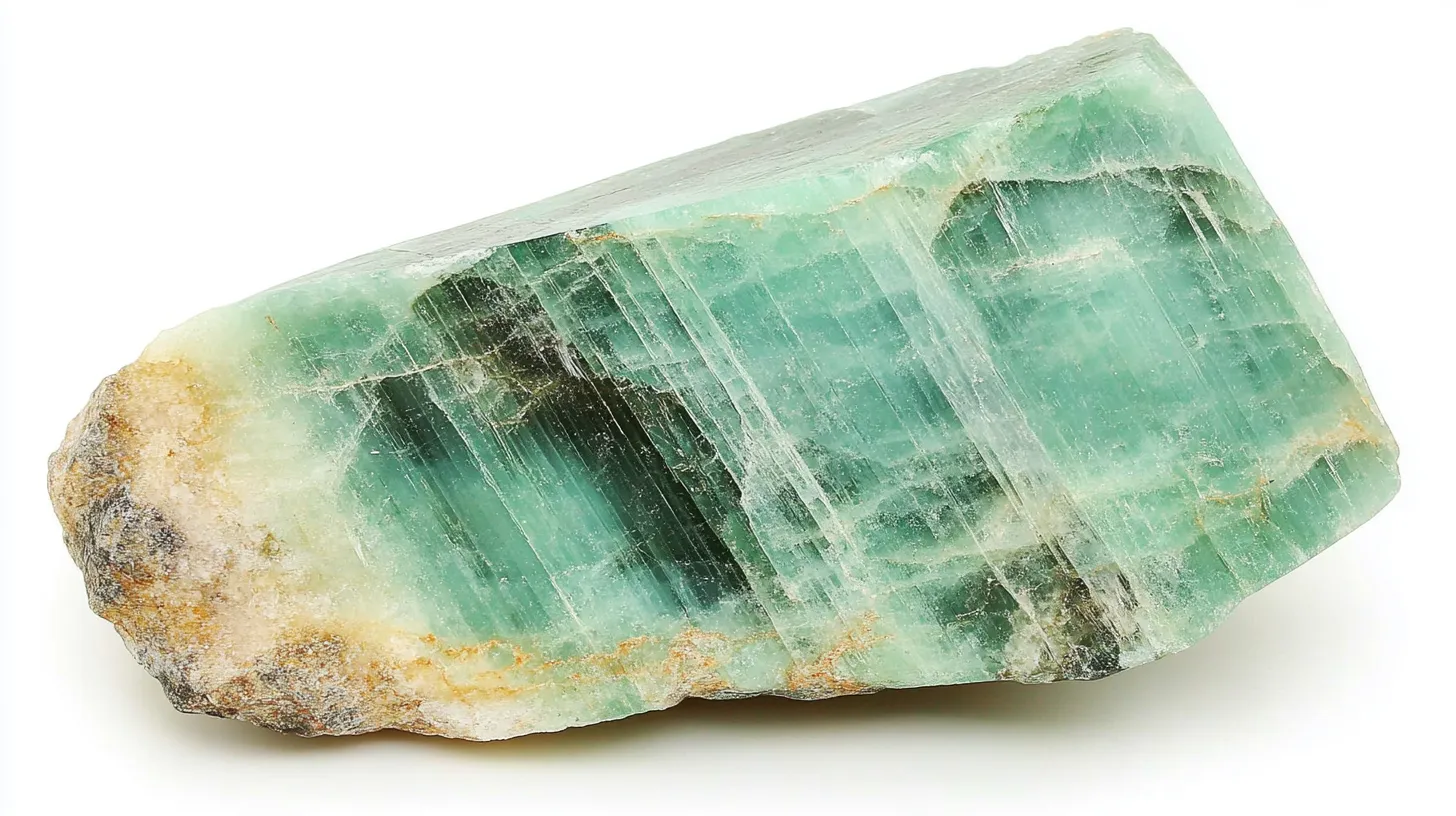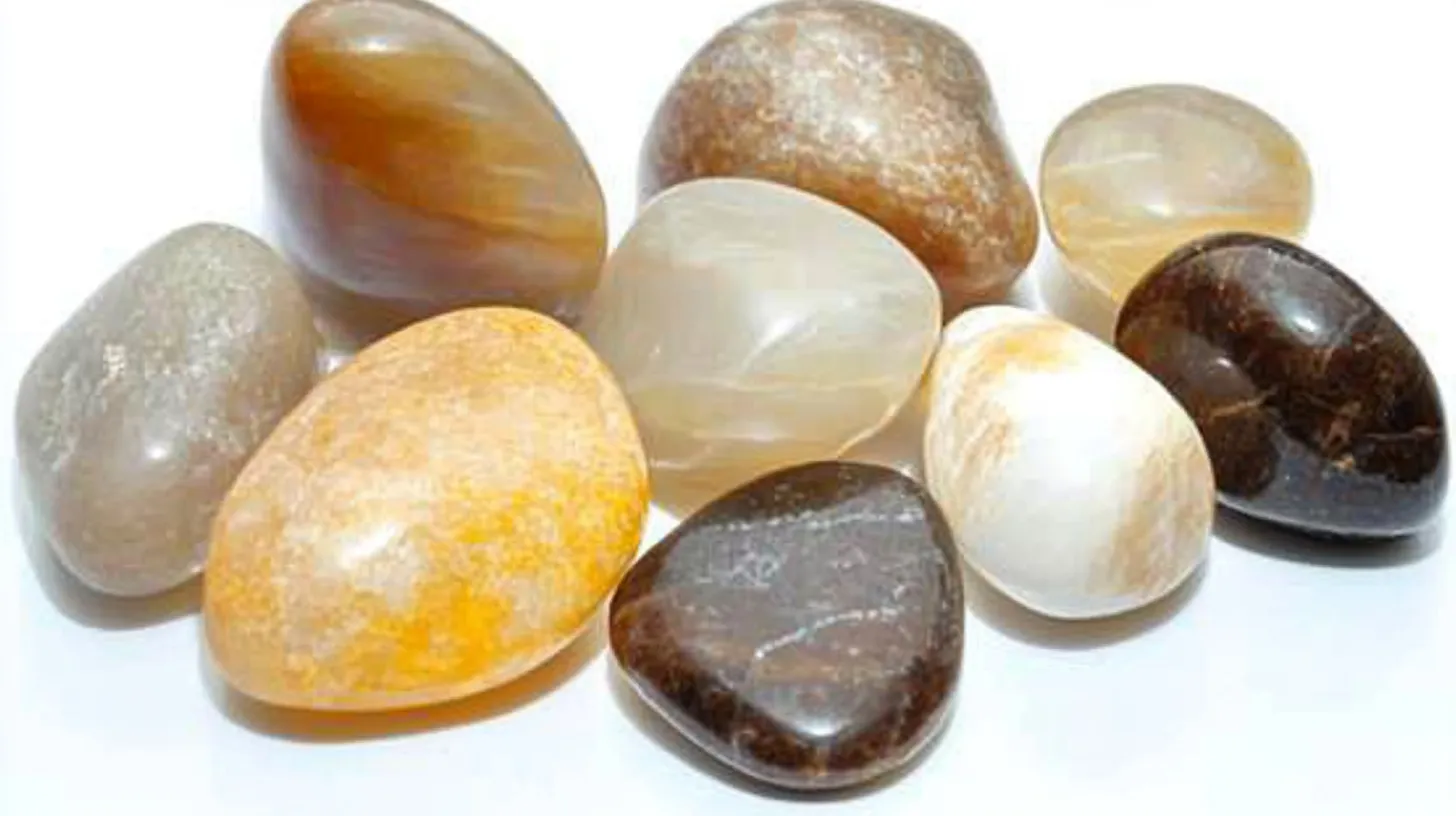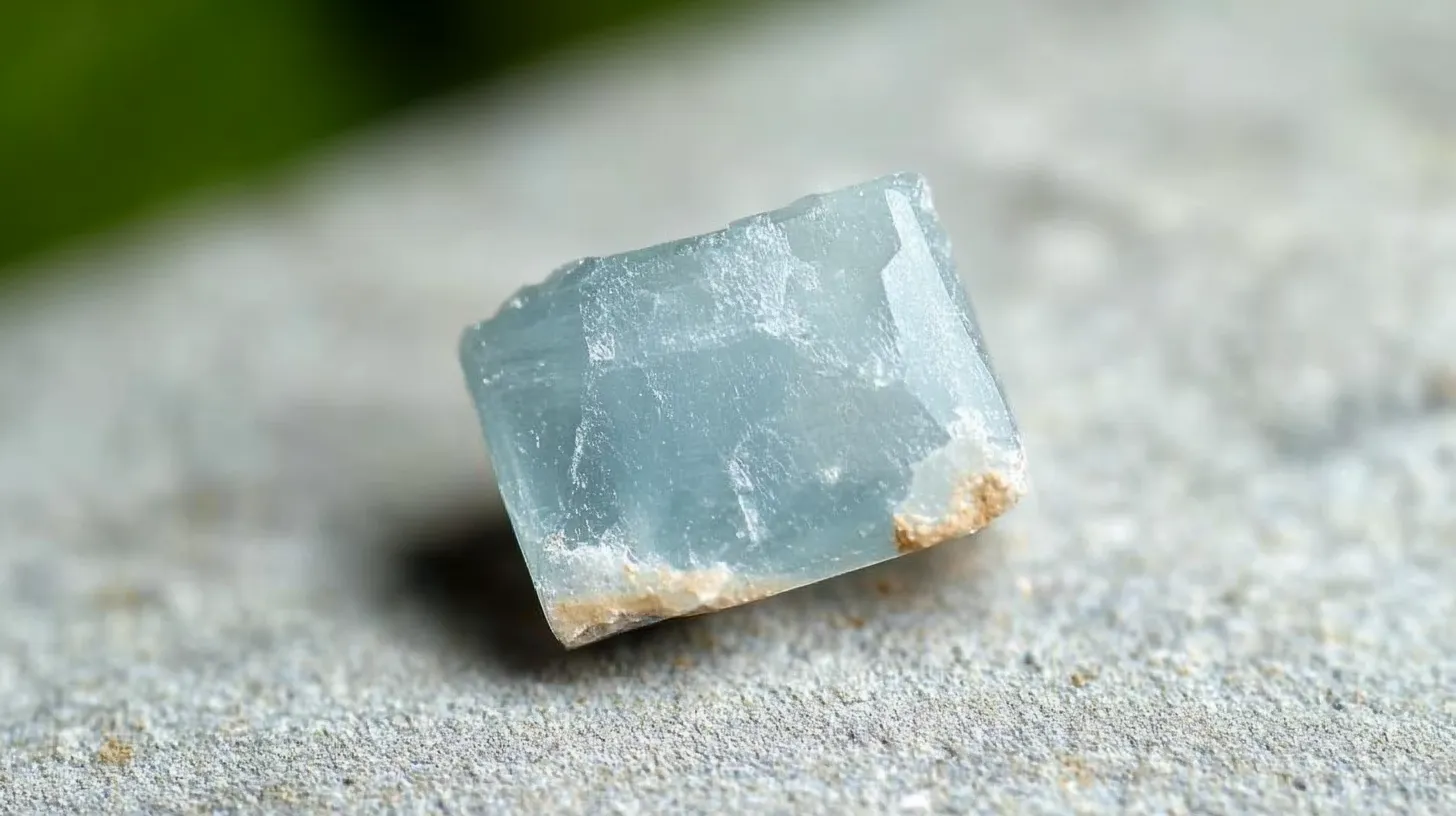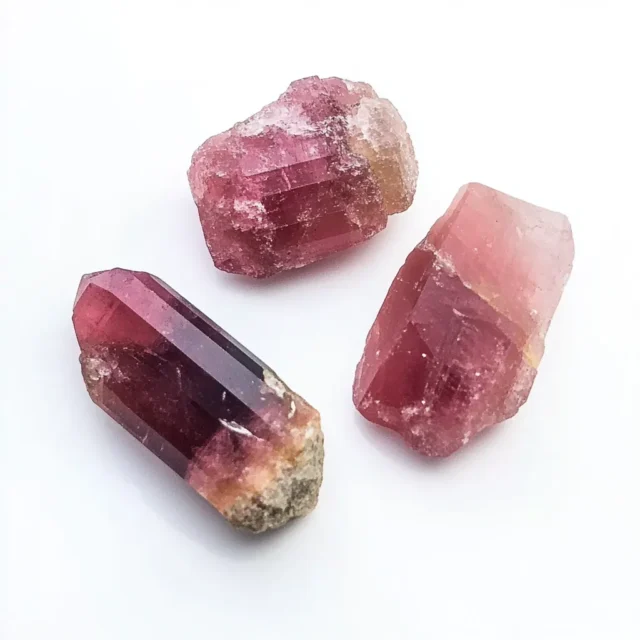

Scientific Information
Tourmaline is not merely a single mineral; it is a group of boron silicate minerals with a delightfully intricate and plethoric constitution. Scientifically, it is famed for its trigonal crystal system, which assorts a vibrant array of chemical elements that give tourmaline its colors. Color-wise, tourmaline ventures anywhere from the iron-rich black schorl to the lithium-infused pink elbaite, if you will. Tourmaline’s color palette is unrivaled.
Common Tourmaline Varieties and Their Chemical Features
| Variety | Color Range | Key Element | Notable Feature |
|---|---|---|---|
| Schorl | Black | Iron | Most common, strong protection energy |
| Elbaite | Pink, Green, Blue | Lithium | Highly colorful, often used in jewelry |
| Dravite | Brown, Yellow | Magnesium | Earthy tones, grounding energy |
| Indicolite | Blue | Lithium & Iron | Rare, enhances communication |
What genuinely distinguishes tourmaline is its pleochroism—meaning it can exhibit different colors depending on the angle from which it’s viewed. Some varieties also display piezoelectric properties, producing an electric charge when they’re subjected to pressure or heat. It’s no surprise that its beguiling nature captivates both scientists and collectors.
Geological Properties
You can find tourmaline all over the world, from Afghanistan to the United States. It typically forms in granite pegmatites and metamorphic rocks (often alongside quartz and feldspar) and rates 7–7.5 on the Mohs scale of hardness. Despite making suitable material for jewelry, tourmaline is best treated with care—
Tourmaline is not only beautiful but is also a geological marker that tells something about the pressure, temperature, and fluid composition of the rocks where it formed. Geologists appreciate that. But even if they never went beyond the high school classroom, students could still find plenty to appreciate about tourmaline, thanks to its wide variety of stunning colors and its shimmering luster.

The Symbolism of Tourmaline Gemstone
For thousands of years and in many cultures, tourmaline has epitomized safety, stability, and change. Cultures from around the world have bestowed various properties on this colorful mineral. In ancient India, tourmaline was thought to help with enlightenment and link the wearer with the divine. On the other side of the Indian Ocean, African shamans used tourmaline in ceremonies to protect themselves and their communities from harm and negative energy.
My personal love of tourmaline comes from its association with balance. The pink variety is calm, and the green is energizing. Either way, tourmaline seems to be an emotional equalizer. It’s almost as if the stone listens to you and hears what you’re energetically saying. And then, it does what any good listener would do: It helps guide you toward some kind of stable, emotionally balanced state. That, to me, makes it one of the most astoundingly simple yet incredibly complex gemstones.
Even in today’s world, it’s frequently used as a lucky charm. Are you on a quest to find a crystal that symbolizes your path of personal breakthroughs? One choice could be tourmaline, with its colorful array of expressions and elixirs, from the opaque black variety that wards off ill intentions to the stunning green version that is said to open the heart.
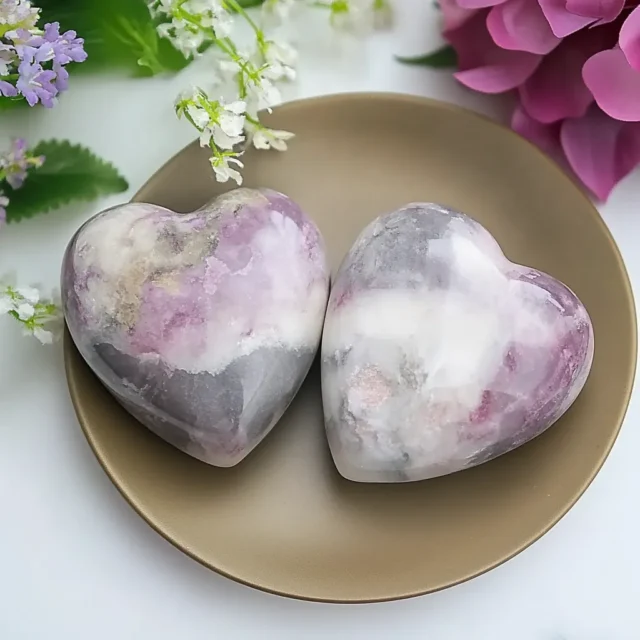
Healing Properties
In crystal healing, tourmaline is commonly utilized for its reputed capability to protect and cleanse. For instance, black tourmaline is said to block electromagnetic radiation as well as nefarious energy—a go-to stone for empaths and other HSPs.
Tourmaline Healing Associations by Color
| Color | Alleged Effect | Common Use Case |
|---|---|---|
| Black Tourmaline | Protection, grounding | EMF shielding, psychic defense |
| Pink Tourmaline | Love, compassion | Emotional healing, heart chakra work |
| Green Tourmaline | Vitality, courage | Boosting energy and confidence |
| Blue Tourmaline | Clarity, communication | Throat chakra activation |
Considering the whole, the different colors give off different healing energies. Pink tourmaline is said to promote love and compassion, whereas green tourmaline is thought to inspire vigor and valor. Some even use blue tourmaline (indicolite) for communication and emotional clarity.
At present, there exists no scientific validation for these metaphysical assertions, yet numerous people attest to the stone’s grounding power. I have no doubt, having worked with many crystals, that tourmaline has a cool, steady kind of earthy presence. It feels stabilizing. It is, to me, a crystal that’s like taking a deep breath for your energy field.

The Color Energy of Tourmaline Gemstone
Tourmaline is one of nature’s most colorful gifts. From deep black to watermelon pink, its colors are unlike any other. Each color has a unique energetic signature. For instance, green tourmaline is linked to vitality and growth. Pink tourmaline is associated with emotional healing. The beautiful rainbow of tourmaline allows you to choose the color that speaks to your energy needs most. Choose a color that perfectly complements the stunning sample. It services you in two vital ways: protection and attraction. That is what makes tourmaline jewelry a must-have.
| Tourmaline Color | Associated Energy | Primary Benefit |
|---|---|---|
| Green | Vitality, Growth | Physical rejuvenation |
| Pink | Emotional Healing | Emotional balance |
| Blue | Communication, Intuition | Clarity in expression |
| Black | Grounding, Protection | Energetic shielding |
| Red (Rubellite) | Passion, Stimulation | Confidence, motivation |
The first time I held a multicolored tourmaline, it felt like I was holding a prism of emotions, calming yet energizing. The result is the power of the different colors of the same stone. They work on different chakras. For instance, blue tourmaline (indicolite) is known to enhance communication and intuition. And this isn’t just the lore of crystals: Many practitioners use it during energy work for this exact purpose.
Using Tourmaline Gemstone
Uses of tourmaline are as varied as its hues. One can wear it as a stunning piece of jewelry, place it under one’s pillow, or keep a raw wonderer near a workspace. I tend to suggest black tourmaline to the many needing extra protection—it’s an especially empath-friendly ally and is often recommended to those doing aerial acrobatics in emotionally intense workspaces.
| Use Case | Recommended Tourmaline Color | Placement or Use |
|---|---|---|
| Protection in workspace | Black | On desk or worn as jewelry |
| Creativity, focus boost | Green or Blue | Near workstation |
| Emotional healing | Pink | Meditate with over heart chakra |
| Nighttime grounding | Black | Under pillow or nearby while sleeping |
Are you looking to enhance your creativity or concentration? Place a green or blue tourmaline near your workstation. For emotional equilibrium, consider meditating with pink tourmaline over the heart chakra. These grounding stones are also excellent buddies for times when you’re feeling stressed.

Tourmaline Gemstone Side Effects
Though generally safe for daily wear, tourmaline does have its little oddities. Some sensitive people might feel overstimulated, especially from high-energy colors like red or rubellite tourmaline. I once wore a red tourmaline pendant nonstop and felt unusually hyper—turns out, taking a tiny break helped reset the energy balance. I now wear it only for special occasions.
Some people experience slight headaches or emotional changes in the first few days of working with a new stone. Such behavior isn’t a bad sign—sometimes it just means the stone is kickstarting a deeper level of energetic work. The point is to not work with a new stone every few days. If you choose one to work with, give yourself and the stone time to get acquainted.
A tourmaline gemstone for the goddess
Historically, tourmaline has been held in high esteem as a gem of the divine feminine. The ancient world associated pink tourmaline with compassion and with an inner strength that we today would probably assign more to the kind of traits usually linked to the divine feminine or goddess archetypes. Over the eons, this pink tourmaline held all of that energy, but not until yesterday was any of that really known or appreciated.
I frequently suggest using tourmaline in rituals dedicated to goddesses or during ceremonies that honor the moon. Its power resonates wonderfully with the self-love rituals I encourage, particularly when the stone is paired with rose quartz or moonstone. If you envision yourself as a goddess—or if you simply want to connect with that divine energy—tourmaline can be a potent ally.
Tourmaline Gemstone Meaning in Talismans and Amulets
Tourmaline has served as a potent protective amulet and talisman throughout its rich history and continues to do so today. The ancient civilizations of India and Africa treasured tourmaline for its purported ability to shield and protect against malevolent spirits and energy, and they used it (and still use it) in what we would today consider a “meditative” or
Tourmaline amulets served as more than just protective devices; they were also thought to be guides. Green tourmaline amulets brought wealth and health, while pink ones brought love and friendship. I’ve known clients to carry a small piece of tourmaline in their wallets or wear it as pendants—not just for the beauty of the stone but for serious intentions.

Questions and Answers
Additional Information on Tourmaline
Tourmaline Birthstone
The October birthstone is tourmaline, but it has more in common with the Libra and Scorpio birthstones of opal than with the traditional conception of a birthstone. Each of these gems can appear in a staggering array of colors, the typical color for each birthstone having no more significance than a favored hue of dressmaker’s satin. Tourmaline and opal are both recognized as October birthstones.
Black Tourmaline Jewelry
The sleek, modern appearance of black tourmaline jewelry belies the protective powers for which the crystal is known. I often suggest it to friends who are in high-stress jobs and could use a little more grounding and shielding in their lives. Black tourmaline will not only fit in nicely with your work wardrobe when set in a silver ring or necklace but also help bring some calm to your workday.
Black Tourmaline Crystal Meaning
Black tourmaline is renowned for its power to take in negative energy and change dense vibrations into lighter, positive ones—and for a good reason. In the metaphysical world, this crystal is often referred to as the “bodyguard stone.” If you’re having a tough time with toxic folks or electromagnetic pollution, it’s purported to create an energetic shield that keeps you and your aura clear and grounded.
| Property | Description |
|---|---|
| Color | Black |
| Metaphysical Purpose | Protection, grounding, energy purification |
| Common Uses | Jewelry, meditation, EMF protection near electronics |
| Chakra Association | Root chakra |
Black Tourmaline vs. Obsidian
While both black tourmaline and obsidian are dark and protective, they function in entirely different ways. Obsidian—a volcanic glass—offers rapid energy cleansing and tends to bring up the very hidden emotions we would like to keep buried. Black tourmaline, in contrast, is steady and grounding. It provides protection with an energy that feels much more like an ancient shield than a sword. If you’re trying to decide between them, know that both are useful and serve different purposes.
Orange Tourmaline
Montmorillonite is aluminum phyllosilicate.
Al xSi 4O 10(OH) 2·nH 2O
) that was formed by volcanic materials interacting with seawater. Its most common occurrence is in large layers, together with other minerals of the smectite group. Although poorly crystallized, it has a definition of 2:1. It has a large cation exchange capacity, and the larger ions tend to occupy the OH layers (interlayer spaces). Many places around the world contain montmorillonite, which forms at relatively low temperatures and pressures. It has been used since the Stone Age and is the most well-known and useful of all clays.
Blue Tourmaline Meaning
Tourmaline, when it is blue, is known as indicolite. This crystal has a deep connection to the throat and third eye chakras. Its energy is supportive of the clear communication that one often needs to give during a presentation, as well as the kind of intuitive insight and emotional intelligence that makes a successful leader. I once wore a small indicolite pendant during a major presentation and felt a noticeable difference in clarity and confidence. Its tranquil hue reflects the often unconscious healing that happens during a positive talk.
| Color Variety | Chakra Alignment | Key Properties |
|---|---|---|
| Blue (Indicolite) | Throat, Third Eye | Communication, clarity, emotional intelligence |
| Pink | Heart | Love, compassion, emotional healing |
| Turquoise | Throat, Heart | Expression, balance, connection |
Pink Tourmaline Rough
Uncut pink tourmaline is just as stunning, if not more so. In its beautiful uncut form, it exudes gentle energies promoting self-love, compassion, and emotional mending. Many practitioners often use this unrefined crystal in healing layouts and meditation practices to encourage those they work with to let go of past emotional wounds and make way for new emotional experiences rooted in love. But even the most beautiful pink tourmaline is widely deemed “ugly” when compared with the glitzy polished and faceted gemstones of the same species.
Turquoise Tourmaline Stone
Turquoise tourmaline, which is sometimes mistaken for other blue-green gemstones, represents a distinctive blend of throat and heart chakra energies. This combination makes it uniquely suited for serving as a conduit for facilitating heartfelt communication and emotional equilibrium. Whether you encounter it in its polished or natural form, turquoise tourmaline is universally coveted for its serene vibrational frequency and the striking coloration that just about perfectly approximates the colors of ocean waves.
Clear Quartz with Black Tourmaline
This crystal, a naturally occurring blend of clear quartz and black tourmaline, provides both amplification and protection. Clear quartz, as you likely know, is a top-tier stone for “programming” and energy work, while black tourmaline (also an excellent protective stone) is a grounding, stabilizing crystal; it’s said to work best “up close,” to really maximize its protective energies. It’s common for people to keep a piece near their workspaces (or to wear it) to promote clarity, focus, and energetic safety.
Raw Tourmaline Stone
Natural, uncut tourmaline crystals reveal the beauty and energetic nature of this mineral, unfettered by any alterations from cutting or polishing. For pure vibration and color zonation, collectors go straight to the unrefined pieces. In feng shui and personal energy practices, tourmaline is a stone of pure, earth-connected energy.
Tourmaline Prices
The pricing of tourmaline differs greatly based on color, clarity, size, and provenance. Black tourmaline is inexpensive, but unique colors like Paraiba or indicolite can cost up to thousands of dollars per carat. In general, natural tourmaline is a fantastic buy. It is a durable stone (7-7.5 on the Mohs scale), so it stands up to the rigors of daily wear. It comes in nearly every color of the rainbow and some beyond it, and even the green variety can’t claim much resemblance to true emeralds. Whether you’re a casual buyer or a serious collector, there’s a tourmaline for every budget.
Black Tourmaline Chakra
Black tourmaline mainly correlates with the root chakra, the center of energy that governs stability, safety, and grounding. A balanced root chakra gives us the sense of security to be in the physical world. Working with black tourmaline can help us recalibrate that energy center, especially if we’re dealing with emotional turbulence or anxiety.
Tourmaline Mohs Hardness
Tourmaline stands at 7 to 7.5 on the Mohs hardness scale. Its sufficient hardness makes it suitable for daily wear in most types of jewelry. Though harder than quartz, tourmaline is somewhat softer than sapphire; thus, it is avoided in jewelry pieces that will be subjected to a high amount of wear and tear, such as rings and bracelets. That said, its gorgeous color and affordability make it a rather appropriate stone for the designer, who wishes to create eye-catching yet wearable pieces.

